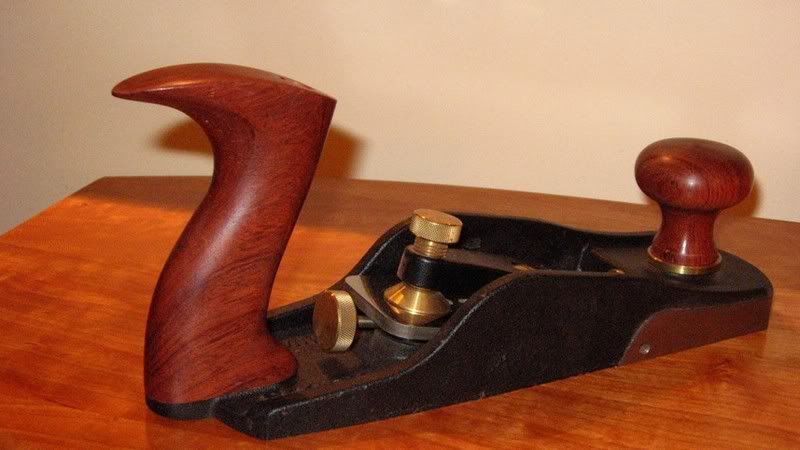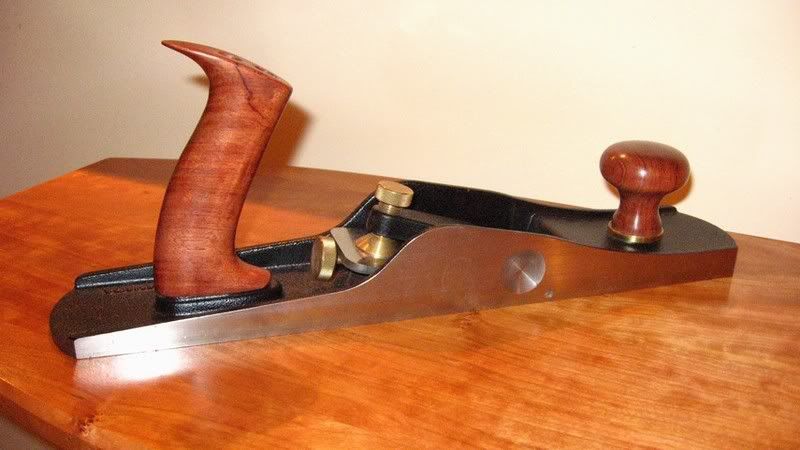by using a shorter plane as a smoother on large panels you can still get a fully planed surface even if the panel is not exactly flat - the longer the plane, the straighter the surface it planes. So by definition a smoother is a short plane - flattening is done by other planes.
Hi Philly
Agreed. I think that Denis meant which plane is preferred on the assumption that the surface is already perfectly flat. Had he not, the point you raised would have been the first I made.
It is very important, more so in all likelihood among workers who thickness and flatten everything without power (I still lack a power jointer, so this issue is dearer to my heart). I think that this often gets missed as a result. A short smoother will finish without requiring a clinically flat surface. The old coffin smoothers and infill smoothers were very short planes. My Spier is just 7 1/2" long. I find use for a 60 degree Mujingfang mini smoother that is 3" long. Others may view this as a block plane because of its length. It is not.
Regards from Perth
Derek
Derek, you kind of answered a question of mine without me asking :-k
If I read you and Philly correctly, when the surface is less than "clinically flat", to use your expression, then a shorter plane is desirable to allow to take full length shavings nonetheless and get a smooth surface?
I am not about to give you grief for this, I do have a powered jointer and planer, without these I would probably be less fussy about surface flatness, and elect a different plane as my favourite... :wink:
Yet, given a choice... At the first Plane Orgy I held two years ago, I had the opportunity to "test-drive" in succession, the Veritas #4 and #4 1/2, the Low Angle Smoother, the Bevel-Up Smoother, and the Low Angle Jack. Of these four smoothers I liked the LAS best for the feedback it gave me. The BUS felt to me too heavy for its length and kind of numb in its feel, and the BD smoothers, while performing very well, did not "stir my juices". But the LAJ provided me with the same kind of feedback that the LAS gave me, with the added length and weight that makes the plane more stable. Just to show that, beyond performance, plane characteristics are a personal matter...
DC-C
I do own that short Mujingfang smoother, quite enjoyable a plane...






